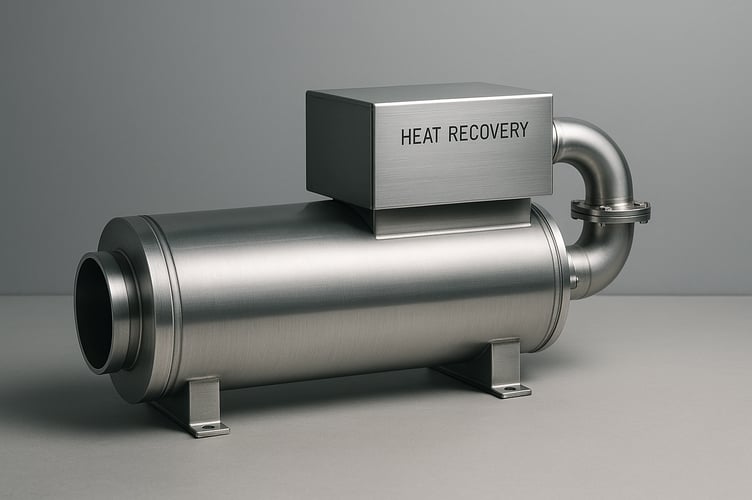Engineering advances in heat transfer and recovery systems are transforming how industries manage energy efficiency, cut emissions, and reduce operational costs in sectors like chemicals and textiles. By implementing well-designed heat transfer and recovery systems, manufacturers can enhance operational performance while contributing to broader environmental objectives. This trend is reshaping the industrial landscape, driving investment in energy-efficient infrastructure and opening new avenues for innovation in engineering.
As industries across Europe face mounting pressure to improve energy efficiency and reduce their environmental footprint, heat recovery technologies are playing a critical role in meeting sustainability goals. These systems are engineered to capture waste heat from industrial processes and convert it into usable energy, significantly reducing energy consumption and greenhouse gas emissions. The demand for such technologies is rising in sectors where thermal processes are central to production, including the chemical, textile, and food industries. Companies like Aitesa, which specialises in heat transfer and recovery solutions for industrial applications, are helping lead this transition through tailored engineering and system design.
The role of heat recovery in industrial energy efficiency
Industrial processes often generate large amounts of excess heat, which, if not reused, is typically lost into the environment. Heat recovery systems address this inefficiency by capturing thermal energy from sources like exhaust gases, steam systems, and process fluids, and reusing it in other stages of production. This significantly improves overall system efficiency and lowers the need for additional fuel input.
In industries such as chemicals and textiles, where thermal operations are energy-intensive, the potential for energy savings is substantial. Heat exchangers, economisers, and recuperators are commonly deployed to harness residual heat, allowing factories to reduce operating costs and improve environmental performance. Moreover, these systems can often be retrofitted into existing infrastructure, making them a cost-effective way to upgrade energy systems without major overhauls.
Engineering innovation driving sustainable industrial practices

The effectiveness of heat recovery depends heavily on the quality and customisation of the engineering behind it. Specialists in thermal and mechanical engineering work closely with industry clients to tailor systems that meet specific temperature, pressure, and process requirements. Modern heat recovery solutions are designed not only for efficiency but also for durability and ease of integration.
Automation and data analytics are also being integrated into newer systems to monitor thermal performance and energy savings in real time. This helps plant managers optimise operations, anticipate maintenance needs, and reduce unplanned downtime. As environmental regulations become stricter and energy prices fluctuate, such innovations are essential for maintaining industrial competitiveness.
Advanced engineering in this field is also helping industries align with global sustainability standards, such as ISO 50001 for energy management and broader ESG (Environmental, Social, and Governance) frameworks. With energy-intensive sectors under increasing scrutiny, adopting efficient heat recovery systems is no longer optional—it’s a strategic imperative.
Companies leading the way in industrial heat recovery
A growing number of engineering firms are contributing to this shift by designing and manufacturing bespoke heat recovery systems tailored to the demands of modern industry. Their solutions are being applied across a wide range of sectors, helping businesses reduce operating costs and environmental impact simultaneously.
As more companies in traditional industries recognise the economic and environmental value of heat recovery, demand for advanced engineering in this field is expected to grow. The combination of technical innovation and tailored solutions is key to unlocking long-term energy savings and reinforcing the resilience of industrial operations.





Comments
This article has no comments yet. Be the first to leave a comment.